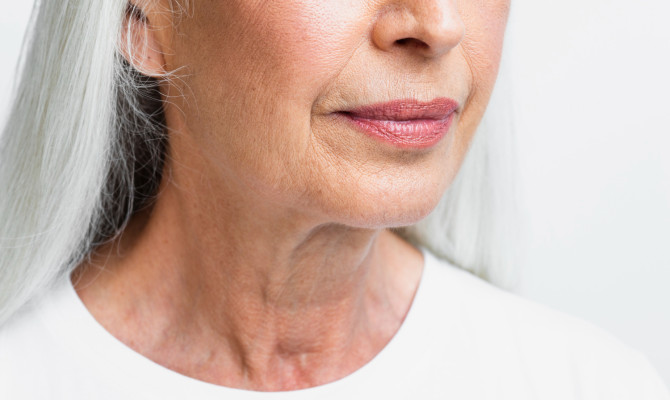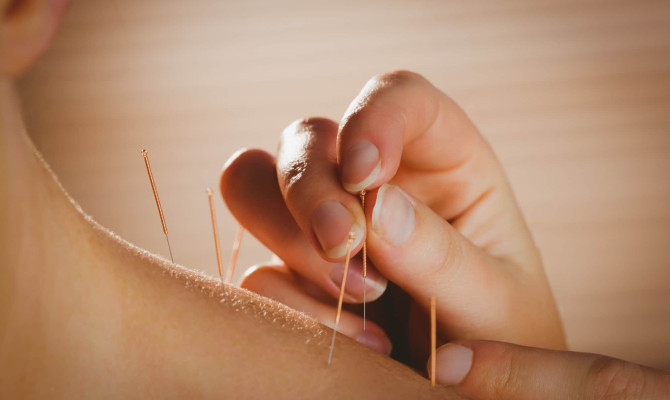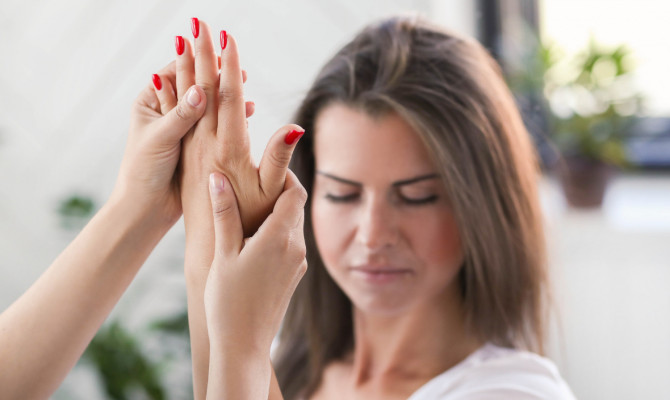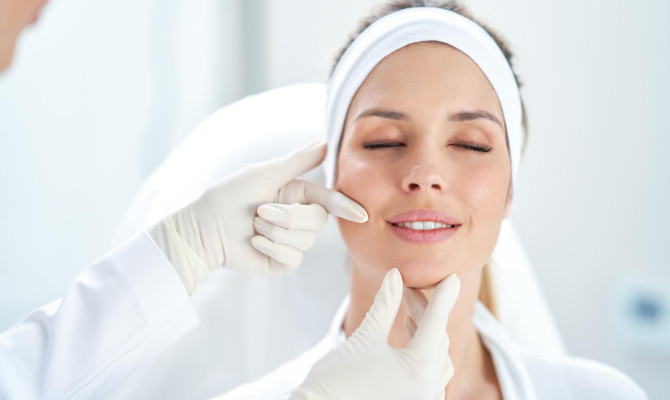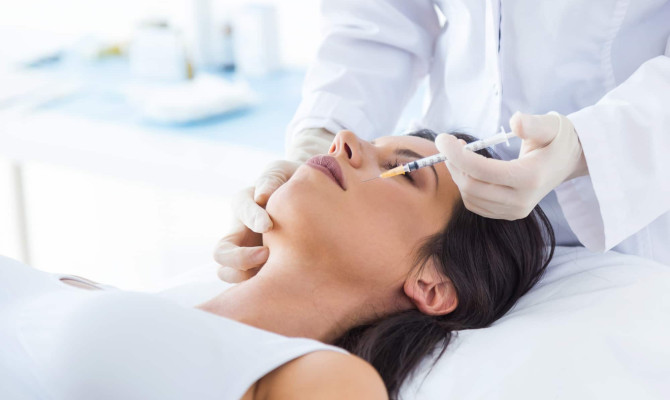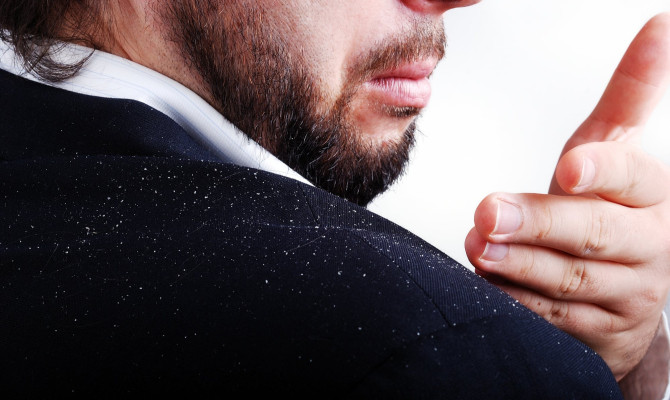Sunburn: What Do I Need to Know?

- Sunburn
- 22 Aug 2023
Overview
What is Sunburn?
Sunburn is the skin damage caused by the sun’s ultraviolet radiation or other artificial sources viz; tanning bed and sunlamps. Sunburn varies from mild to severe. In severe cases, the skin appears red, warm to the touch, and sometimes exhibits painful blisters.
People of any skin type can have sunburn. During sunburn, the fair skin turns pink, while the darker skin gets darker. The seriousness of the sunburn depends on the duration of sun exposure and the individual’s skin type.
Mild sunburn recovers within a few days, while severe sunburn might take weeks and even medical attention. One can relieve mild sunburn by adopting simple self-care measures and wearing proper sunscreen.
Sunburn can occur not only on sunny days but also on cool, cloudy days.
Children and young people below 30 years are more prone to sunburn than older adults 1Overview| Researched based study from Sciencedirect.com

Types
Types of Sunburn
Health professionals categorized sunburn into the following types based on the sunburn’s severity and skin damage
- First degree
- Second degree
- Third degree
First-degree sunburn
- It is the damage to the skin’s outer surface (epidermis). It generally resolves on its own within a few days.
Second-degree sunburn
- It is the damage to the skin’s outer surface (epidermis) and the middle layer (dermis). It causes mild to moderate burns and might cause blisters. The skin requires several weeks to heel and might also need medication.
Third-degree sunburn
- It is severe and damages all skin layers, including fat layers. It is sporadic. Most third-degree burns are from fire or chemicals and not from direct sun 2Types| Researched based study from Nlm.nih.gov
Stages
Stages of Sunburn
One standing in the sun remains unaware of the sunburn until the skin aches. Sunburn passes through three sequential stages.
They are as follows:
- Sunburn soreness starts after some time.
- The skin turns red, and discomfort peaks after one day of the burn. Second-degree sunburns show up as blisters.
- In subsequent weeks, the skin peels off and regains its original color. However, severe sunburn requires several weeks to heal 3Stages| Researched based study from Nlm.nih.gov
Symptoms
Symptoms of Sunburn
The symptoms of sunburn depend on the severity of the burn.
The primary symptom is the burning sensation that worsens on touch and clothing.
First-degree sunburn symptoms
- Skin appears red or pink
- Warmth
- Tenderness
- Pain
- Swelling
- Skin flakes off after a few days
Other associated symptoms (First-degree sunburn)
- Headache
- Fever
- Extreme tiredness
- Nausea and vomiting
Second-degree sunburn symptoms
- Blisters
- Very red skin
- Skin wetness
- Pain in the affected areas
- Swelling in many areas
- Discoloration in burn areas
Other associated symptoms (Second-degree sunburn)
- Headache
- Fever
- Muscle pain
- Fatigue
- Nausea and vomiting
- Lightheadedness
- Confusion
- Rapid breathing
Third-degree sunburn symptoms
- Dull skin
- Wrinkled looking burn
- Loss of the sensation
- Heat stroke (condition due to body’s overheating) 4Symptoms| Researched based study from Nlm.nih.gov
Symptoms needing urgent medical attention are:
- Skin outgrowth
- Extreme pain for more than 24 hours
- Blisters that cover more than 20% of the body
- Coldness
- Dehydration
- Fever over 102 degrees Fahrenheit
- Sunburn in young ones (less than one year)
- Infection signs such as bleeding from blisters
- Sore that does not heal
- Change in mole texture
Causes
Causes of Sunburn
- The cause of sunburn is the sun’s ultraviolet radiations viz; the UVA and the UVB. The body’s immune response increases the blood flow to the afflicted areas causing skin inflammation and sunburn.
- The UVA and UVB radiations alter the DNA (deoxyribonucleic acid) and cause premature skin aging and wrinkles. UVA and UVB rays are invisible but cause visible skin tanning and burns.
- UVA rays have greater wavelengths and are less potent than UVB rays. But, the UVA rays can enter deep into the skin and cause damage.
- UVB cannot penetrate deep and damages the skin on the outer surface, causing sunburn 5Causes| Researched based study from Nlm.nih.gov
Diagnosis
Diagnosis of Sunburn
- The doctor will conduct an in-depth physical examination to evaluate the seriousness of the sunburn. He will further inquire about the patient’s sunburn history, symptoms, sun exposure, and other illnesses severity and medication.
- Subsequently, he might order Photo testing if the patient has skin sensitivity or sunburn on short exposure to the sun.
Photo testing
- Photo testing is a test to find out the skin’s sensitivity to sunlight and also the sunlight’s radiation part that is causing the problem. It evaluates and confirms the abnormal sunburn reaction 6Diagnosis| Researched based study from Nlm.nih.gov
Risk factors
Risk factors of Sunburn
Anybody can get sunburn regardless of skin tone. However, certain factors increase the risk of sunburn. They are as follows:
- Freckles or red hair
- Pale skin
- Skin problem viz; psoriasis
- Number of skin moles
- Family history of skin cancer
- Taking medications that make the skin over-responsive to the sun
- Staying outdoors for more extended periods
- Using a tanning bed without sun protection lotion
- Residing in hot regions 7Risk factors| Researched based study from Nlm.nih.gov
Complications
Complication of Sunburn
Repeated and intense sun exposure can increase the risk of certain skin conditions and lead to complications, like:
Premature skin aging
- Frequent sunburns hasten the skin aging process and cause premature skin aging. Skin alteration due to ultraviolet radiation is known as photoaging.
Photoaging symptoms
- Reduced skin elasticity
- Profound wrinkles
- Dry skin
- Clear red veins on the nose, cheeks, and ears
- Freckles on shoulder and face
- Dark spots on the front, chest, arms, and hands (solar lentigines)
Precancerous skin lesions
- Precancerous skin lesions are skin outgrowth or scaly patches on the sun-exposed areas of the body, such as the neck, face, hands, and head. It can eventually lead to skin cancer.
Skin cancer
- Extreme sun exposure without sunburn can lead to melanoma (skin cancer).
- The main areas for skin cancer are the face, lips, ears, chest, hands, legs, and back. Some skin cancer is a small outgrowth that bleeds easily, heals, and new outgrowth again reappears.
Eye damage
- Overexposure to ultraviolet radiation damages the cornea. It can further lead to the development of cataracts (cloudy lenses).
- Snow blindness is another painful eye condition with temporary vision loss. It occurs due to the reflection of ultraviolet rays from the snow or ice 8Complications| Researched based study from Nlm.nih.gov
Treatment
Treatment of Sunburn
Treatment of sunburn does not heal the skin but only lessens the irritation and discomfort. If home care does not help, the doctor might prescribe topical corticosteroid cream.
One can treat first and second-degree sunburns at home.
Tips to follow are:
- Cover the sunburn areas when outdoors; apply cool, damp clothes on the site occasionally to feel better.
- Use topical creams and gels such as hydrocortisone and aloe vera gels
- Take over-the-counter drugs or NSAIDS(nonsteroidal anti-inflammatory drugs) to relieve pain
- Take rehydrating fluids in case of severe dehydration
Treatment of third-degree sunburn
- Doctors treat third-degree sunburns with skin grafts. The surgeon removes the burnt skin and replaces it with healthy skin from another body part. It takes a longer time to heal and might have complications 9Treatment| Researched based study from Nlm.nih.gov
Home remedies

Home remedies for Sunburn
- Cool the affected part and apply coconut oil to the areas to reduce discomfort.
- Apply a tablespoon of baking soda and oatmeal to the tub of bath water and soak for 15 to 20 minutes. It helps prevent skin irritation and retains moisture.
- Apply Aloe Vera gel to the affected part to get instant relief
- Make a paste of oatmeal, milk, and honey and apply to the affected area
- Prepare Chamomile tea and let it cool. Soak a clean cloth and use it on the sun burnt location to get a soothing effect
- Wear loose-fitting clothing that does not touch the sunburn areas
- Drink adequate water and stay hydrated to regain the lost moisture
- Regularly apply moisturizer to the sun burnt areas to keep away irritation and discomfort 10Home remedies| Researched based study from Sciencedirect.com
Prevention
Prevention of Sunburn
- Apply sunscreens that have both UVA and UVB protection. Reapply after every 60 minutes or after sweating and swimming.
- Limit sun exposure during the mid-day when the sun rays are strongest
- Use UV filterable sunglasses when outdoors
- Wear long-sleeved clothing to minimize the body’s sun exposure
- Limit sun exposure while taking photosensitive medications
- Avoid using sun tanning beds 11Prevention| Researched based study from Nlm.nih.gov
Things to avoid during sunburn
- Don’t crack the blisters
- Don’t rub the peeling skin
- Don’t use petroleum jelly on the blisters
- Don’t use butter in the sunburn areas
- Don’t use ice packs on the affected areas
- Avoid tight clothing on the sun burnt areas
Outlook
The Outlook
- Sunburn is an uncomfortable condition that might have a more prolonged impact on skin appearance and overall health.
- Mild sunburns resolve independently, while severe ones need more prolonged healing and medication.
- Adopting proper measures can prevent one from getting sunburn
- Any abnormality in the skin due to sunburn must be immediately brought to the notice of the healthcare provider to avoid unwanted complications such as skin cancer.
Any feedback on this article?
 This Articles content was accurate
This Articles content was accurate Very Informative Article
Very Informative Article I have a question or a comment
I have a question or a comment
 This article contains inaccurate content
This article contains inaccurate content This article was not helpful
This article was not helpful I have a question or a comment
I have a question or a comment
We appreciate your helpful feedback!
Checkout our social pages
References
-
Science Direct
Sunburn - an overview | Overview
-
National Library of Medicine
Sunburn | Types
-
National Library of Medicine
The sunburn response in human skin is characterized by sequential eicosanoid profiles that may mediate its early and late phases | Stages
-
National Library of Medicine
Sunburn | Symptoms
-
National Library of Medicine
The Context of Sunburn Among U.S. Adults: Common Activities and Sun Protection Behaviors | Causes
-
National Library of Medicine
Sunburn | Diagnosis
-
National Library of Medicine
Sunburn frequency and risk and protective factors: a cross-sectional survey | Risk factors
-
National Library of Medicine
Melanoma and sunburn | Complications
-
National Library of Medicine
Management of acute sunburn | Treatment
-
Science Direct
The therapeutic properties and applications of Aloe vera: A review | Home remedies
-
National Library of Medicine
Sun Exposure, Tanning Behaviors, and Sunburn: Examining Activities Associated With Harmful Ultraviolet Radiation Exposures in College Students | Prevention












